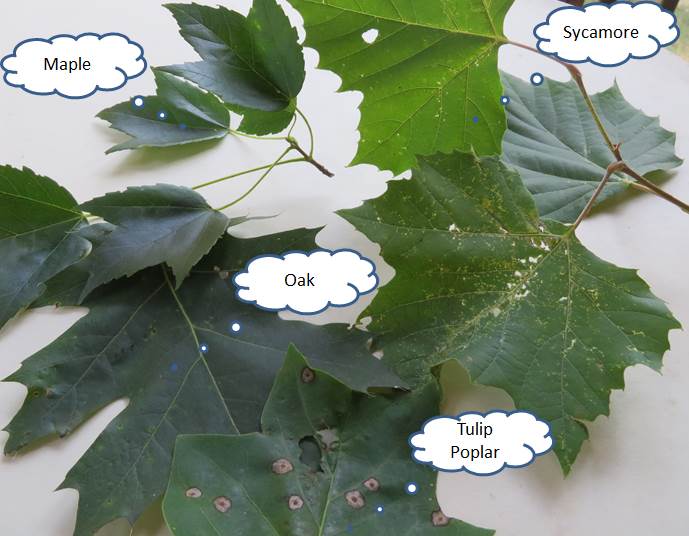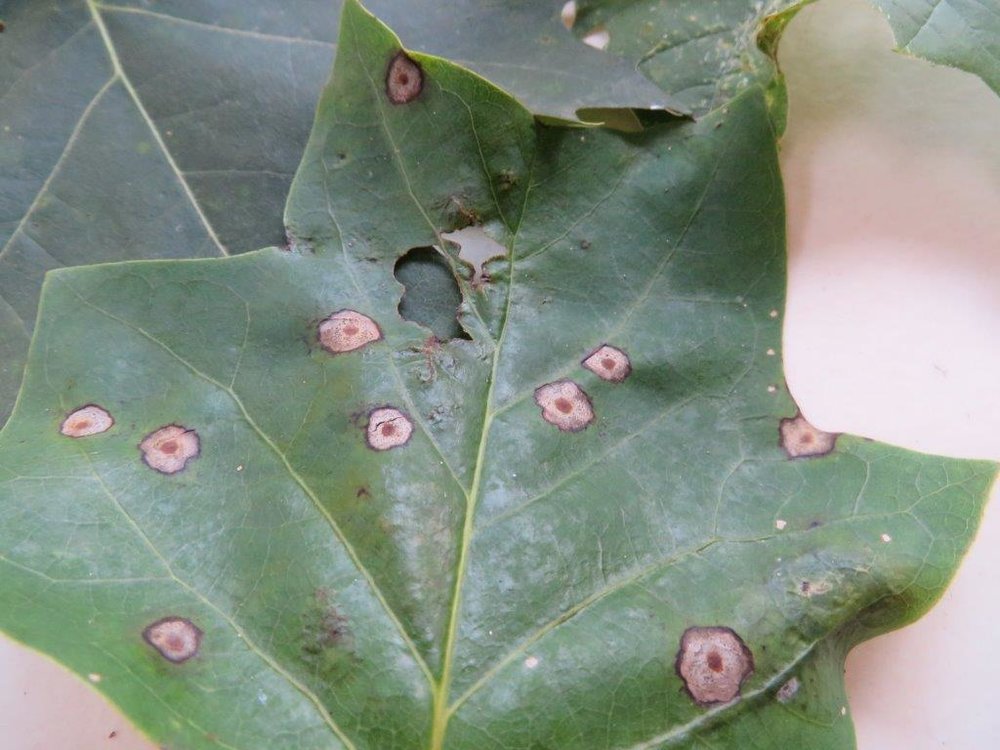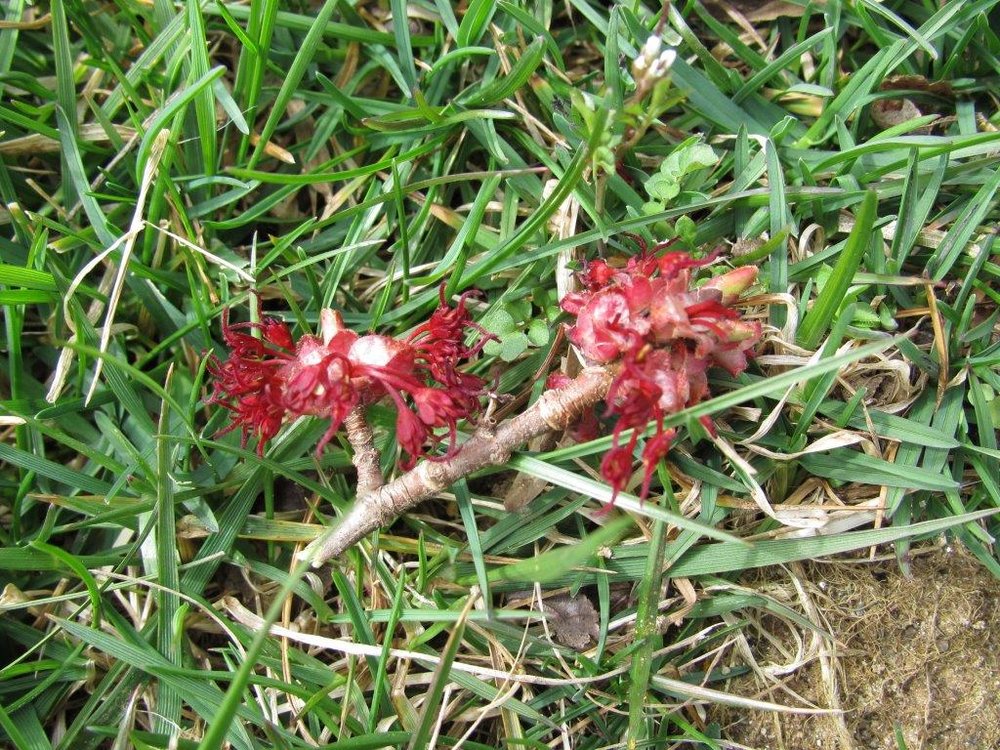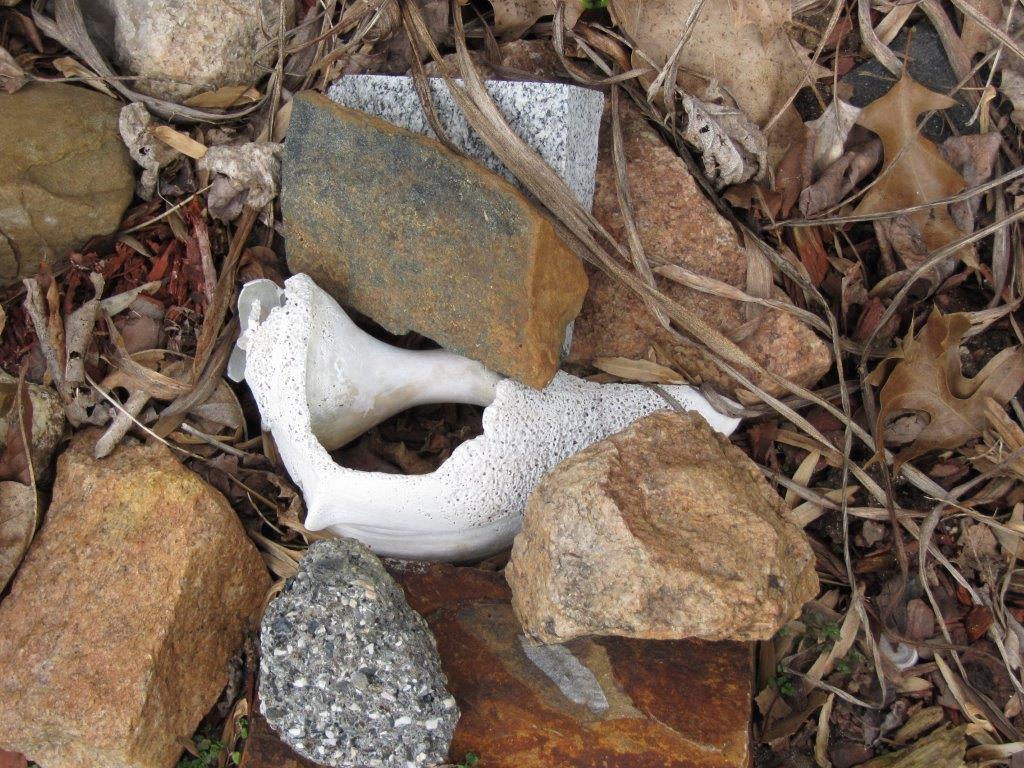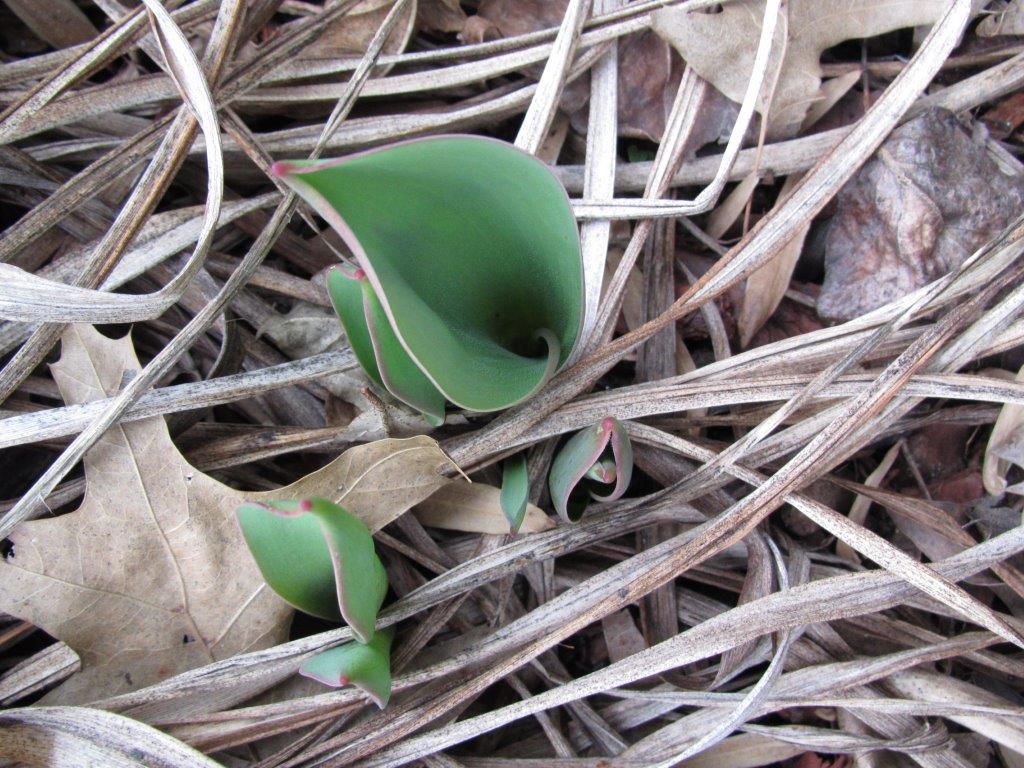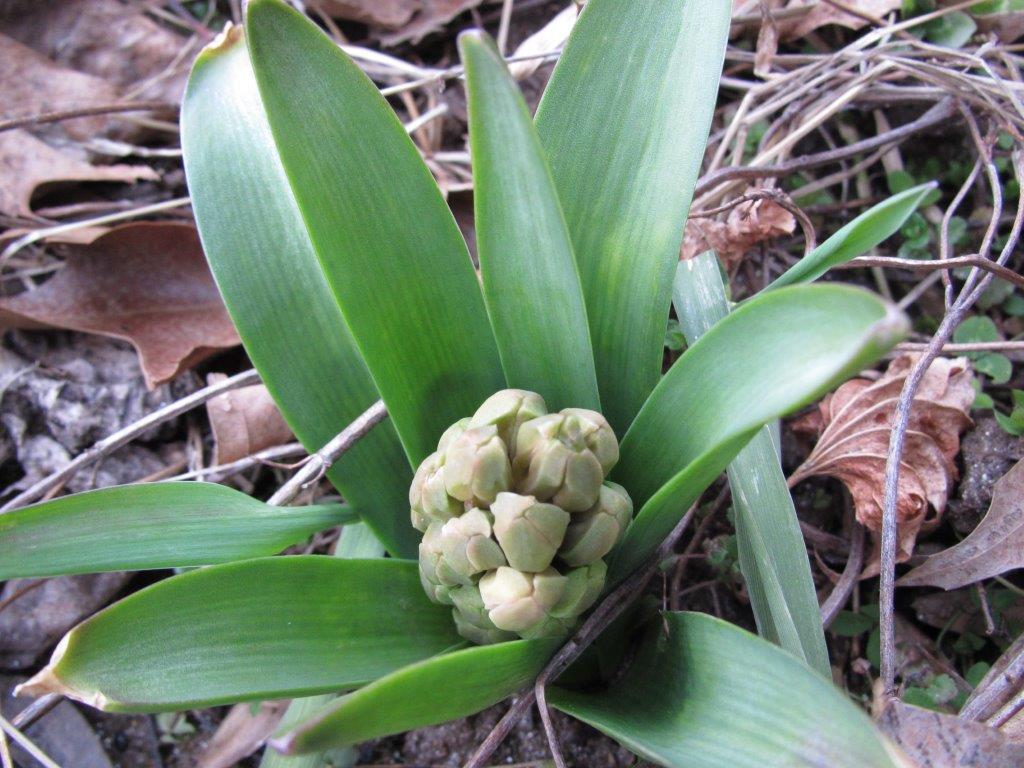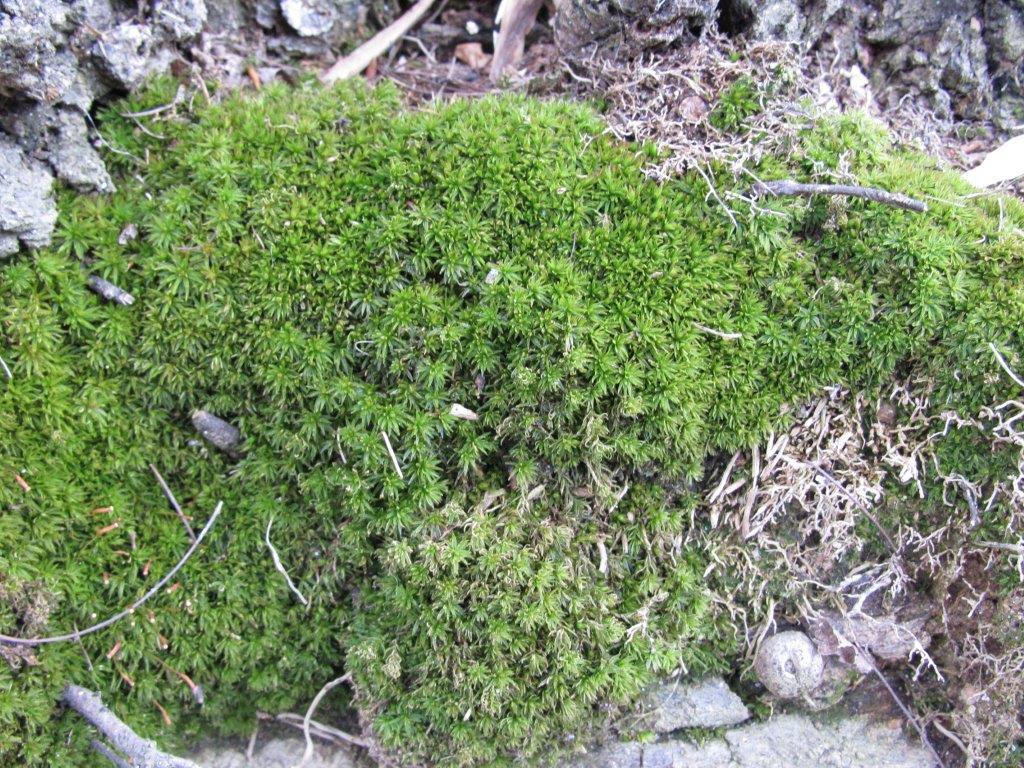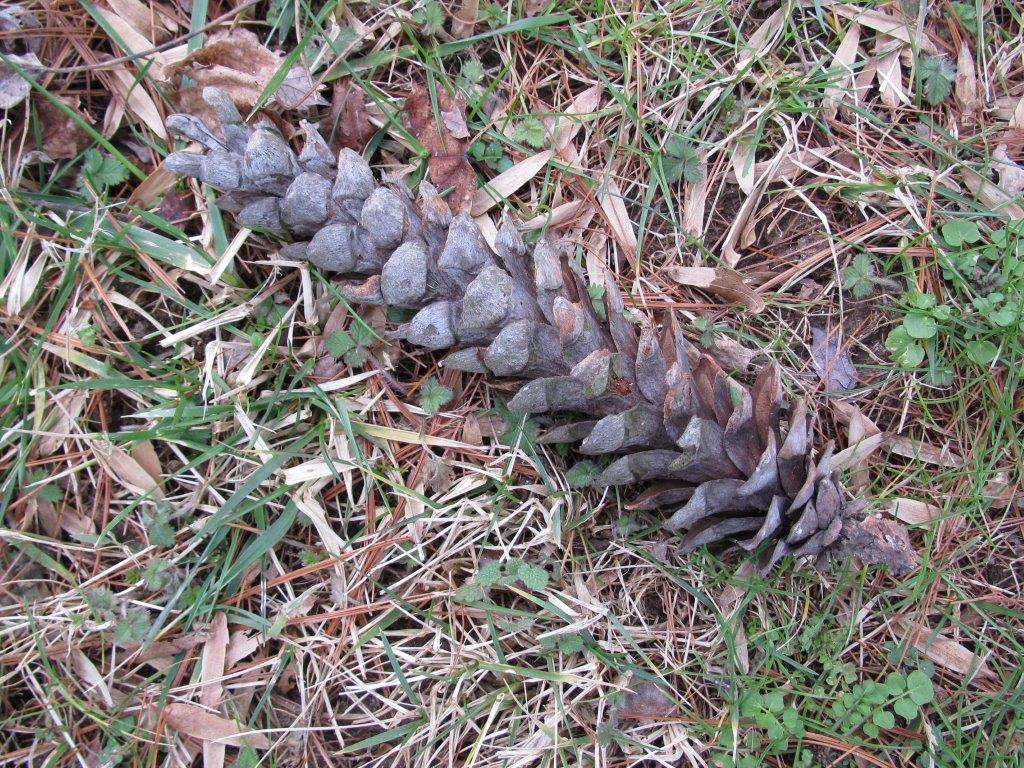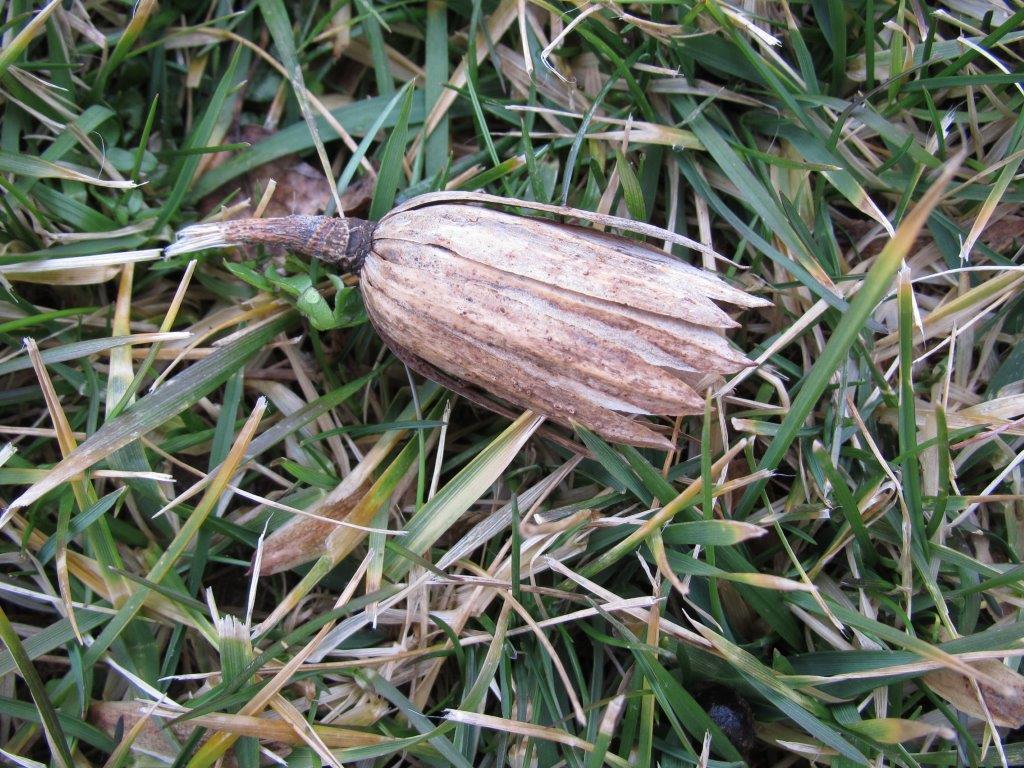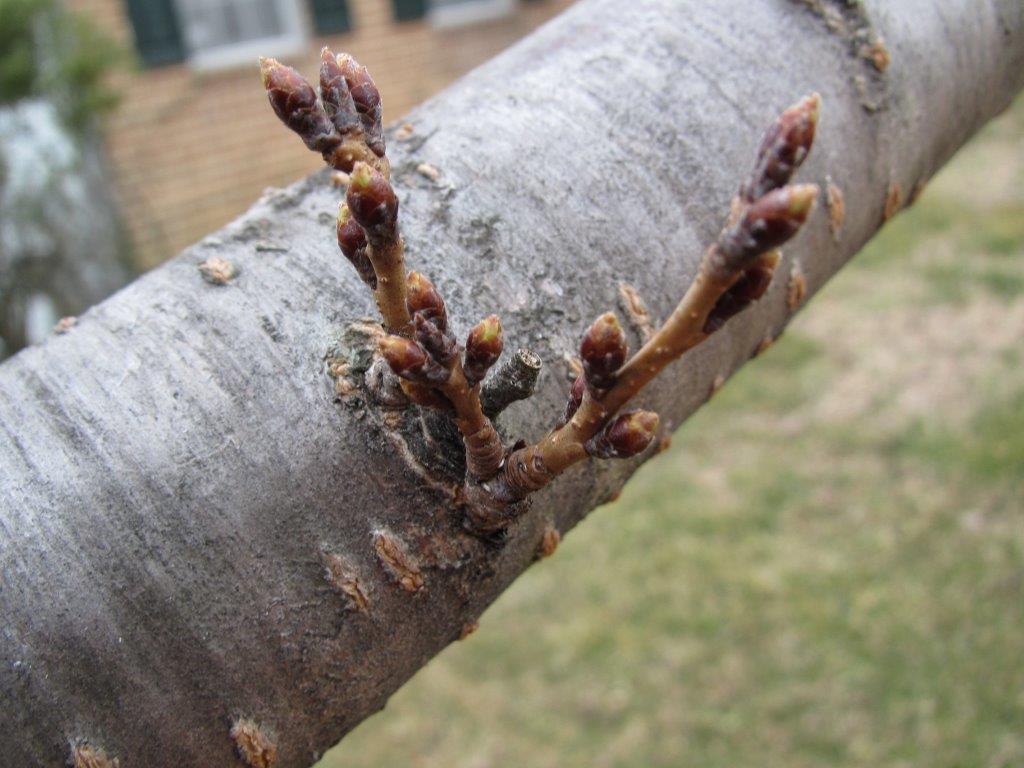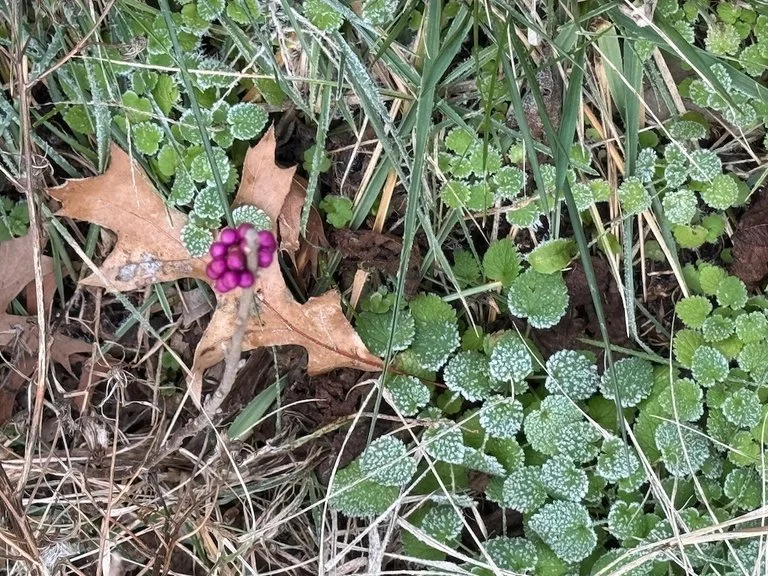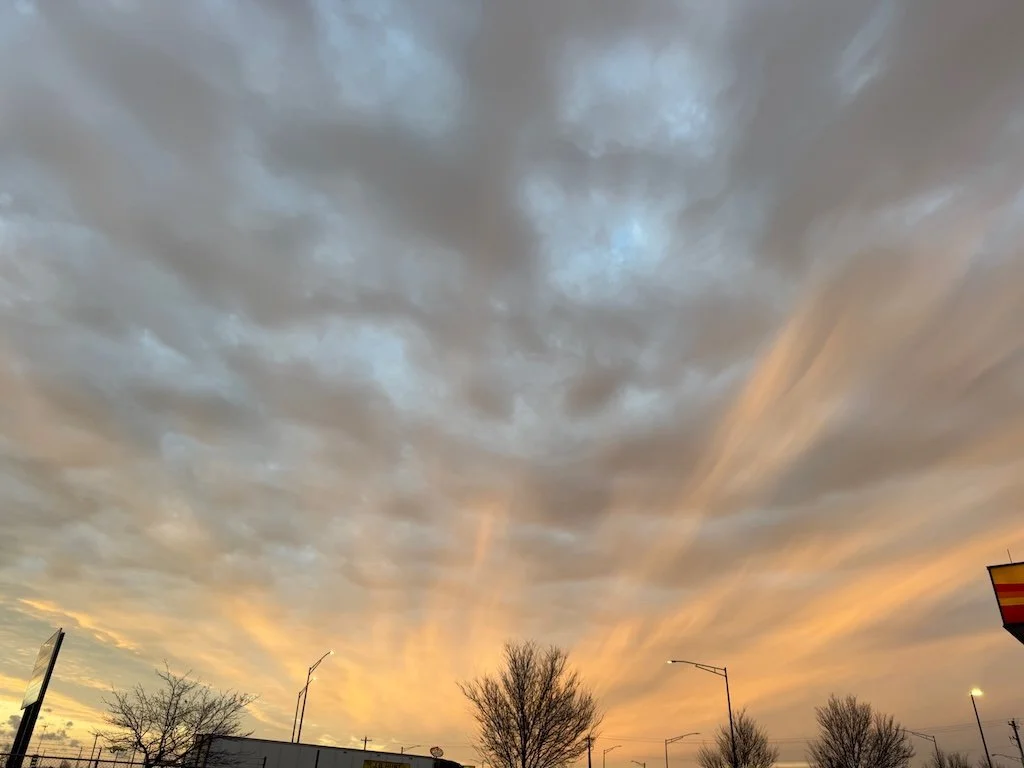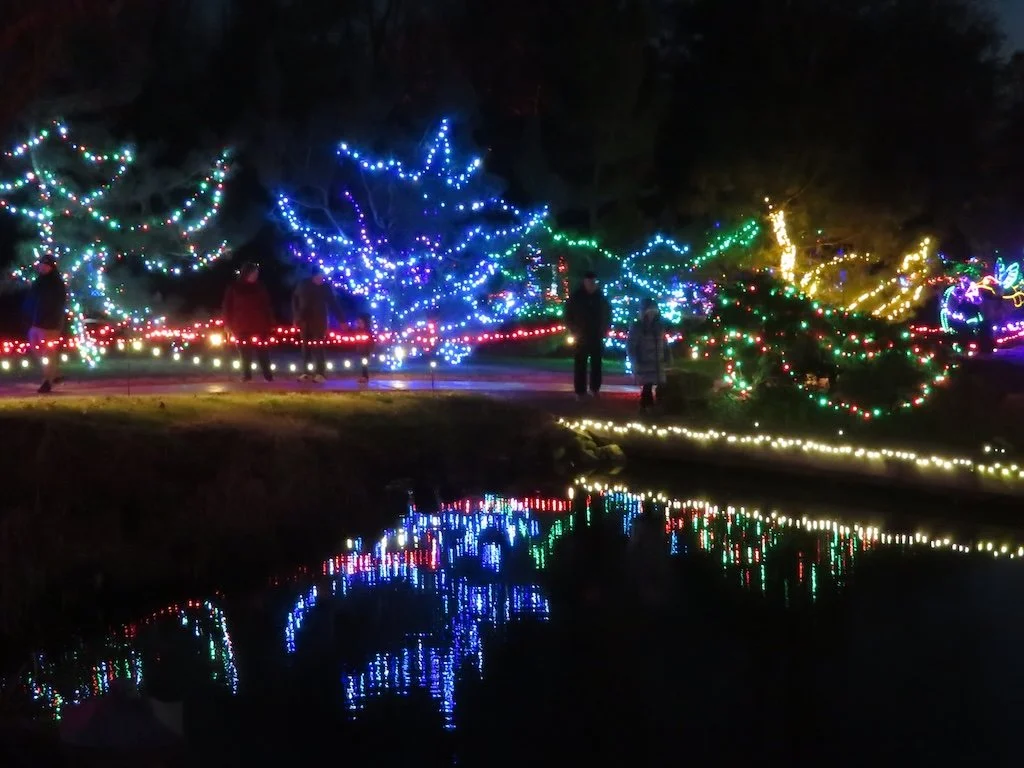Around our (Maryland) Yard in October 2013
/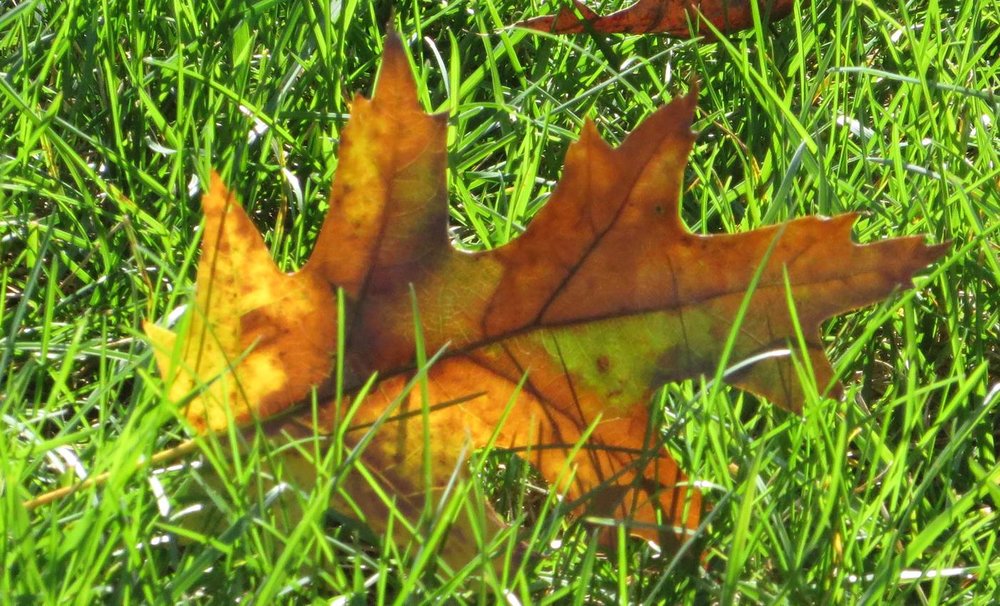
 Our Maryland fall has been muted this year. Most of the trees have not achieved the brilliant colors of years past; the few that do are flashes of brilliance that provide a splash of color for a few day and then drop all their leaves to the ground. I find myself appreciating the play of light through oak leaves this year and the splotches of color on maple leaves that fill a tree that looks ‘green’ from a distance.
Our Maryland fall has been muted this year. Most of the trees have not achieved the brilliant colors of years past; the few that do are flashes of brilliance that provide a splash of color for a few day and then drop all their leaves to the ground. I find myself appreciating the play of light through oak leaves this year and the splotches of color on maple leaves that fill a tree that looks ‘green’ from a distance.
 The front flower bed is mostly gone to seed. I haven’t seen the birds easting the seeds of the blazing stars but the bare rib of some of the seed plums is evidence that the feast is not going totally unnoticed. We’ve had freezing temperatures for the past few mornings but there is still a dahlia blooming - resting on the sidewalk that probably retains enough heat to keep it warm.
The front flower bed is mostly gone to seed. I haven’t seen the birds easting the seeds of the blazing stars but the bare rib of some of the seed plums is evidence that the feast is not going totally unnoticed. We’ve had freezing temperatures for the past few mornings but there is still a dahlia blooming - resting on the sidewalk that probably retains enough heat to keep it warm.
 The tulip poplars are losing their leaves and their seeds without becoming the blaze of yellow. They tower over our yard and their leaves wave in the wind….and whirl away.
The tulip poplars are losing their leaves and their seeds without becoming the blaze of yellow. They tower over our yard and their leaves wave in the wind….and whirl away.
Last but not least - the onion seeds are scattering as the wind shakes them like at rattle out of their cases. I hope some of them come up next spring as new plants.

